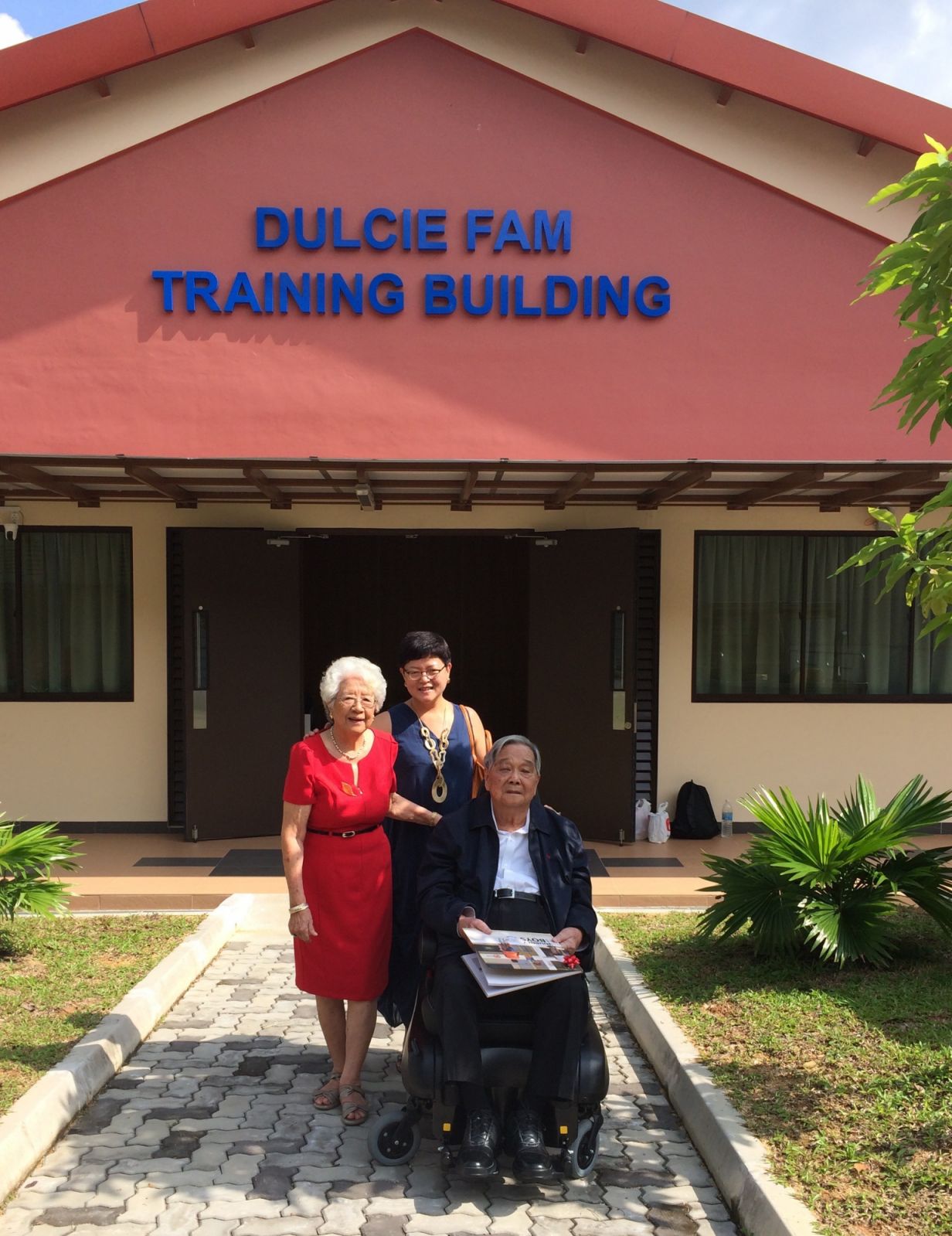High-net-worth individuals are now getting used to novel models of sustained and amplified giving. Singaporean social services leader Anita Fam guides big-hearted givers to take more risks and, in the process, help charities become stronger and more innovative
I speak from personal experience when I say that most high-net-worth individuals exercise what I call ‘chequebook philanthropy’: “Let me write a cheque. Let me make sure that that dollar just goes to the recipient”. I’ve done it for a long time: someone asks you for a donation, you write a cheque and you give a donation. It doesn’t go beyond that. While it is doing good, it’s also sporadic and it’s not planned. It’s usually initiated by relationship or by request. And that is how it has been traditionally done in the realm of giving.
But the longer I’ve been in the philanthropy sector, I realise that we need to invest in the organisations that are doing the service delivery because their services can really be optimised when these organisations are strong, well and efficient.
Shifting away from chequebook philanthropy
One welcome shift is in giving to the organisation as well as giving to the service recipient. Or more radically, investing completely in the organisation and capability-building so that they can be more efficient in what they do. It’s recognising that the dollar that I invest will be amplified and the value of services that the care recipient receives will be worth more than that dollar that I’ve put in.
The other shift I’ve seen is thinking of giving in terms of time. Can you sponsor the cost of manpower? Can you sponsor someone who will be able to help us make our services even better? For instance, I used to fund the salary of a fundraiser in an organisation. Let’s say he gets paid S$50,000 a year but I want him to raise S$500,000 for the organisation. I’ll pay his salary this year, but he continues to fundraise an amount that more than covers his personal salary and the years that go forward, and also the delta that the organisation needs to raise. I’m thus investing in the capacity of the organisation and ensuring sustainability because they can continually bring in this amount and even more in the years to come. That’s how you ignite and catalyse gains in the sector.



